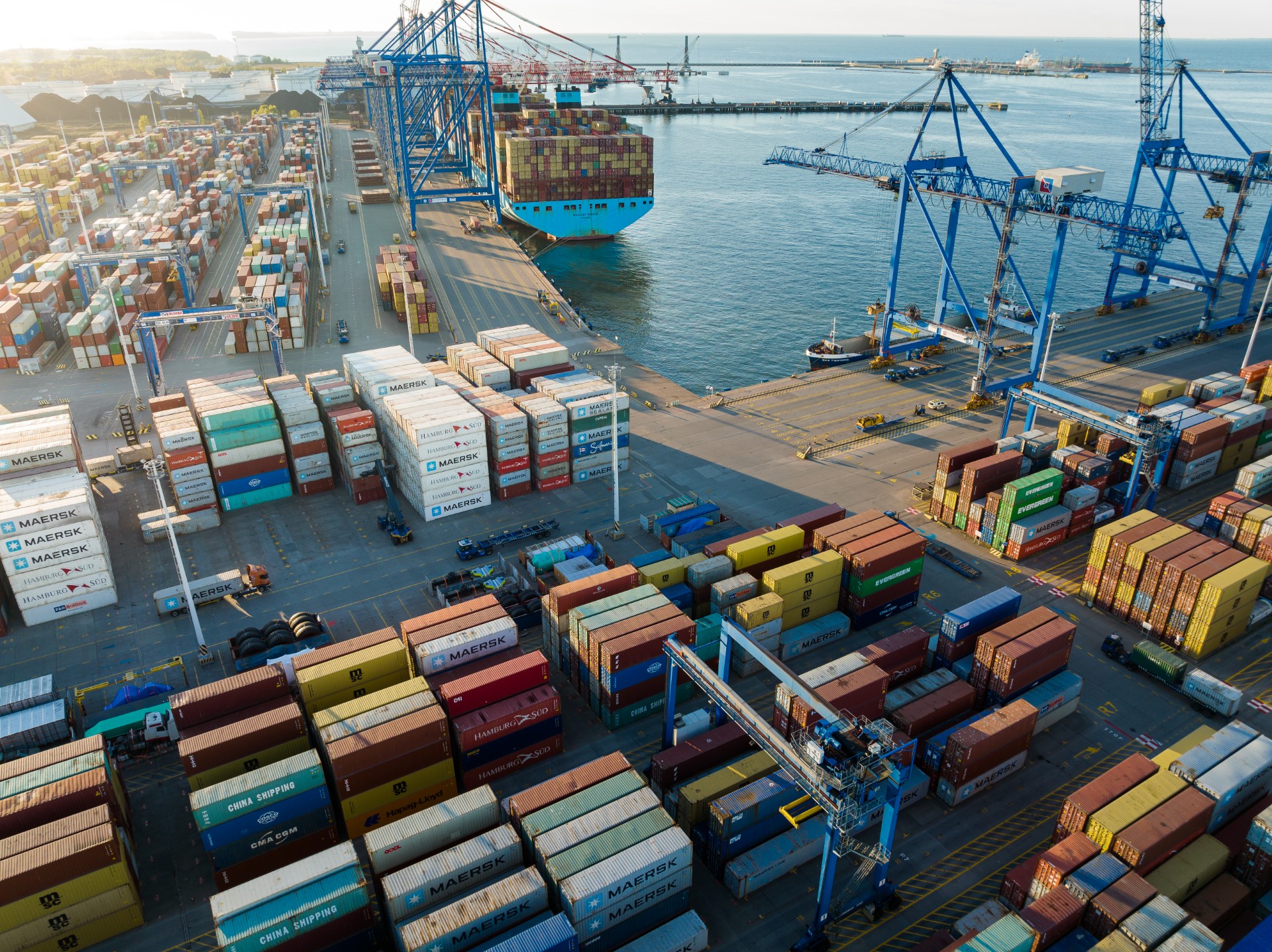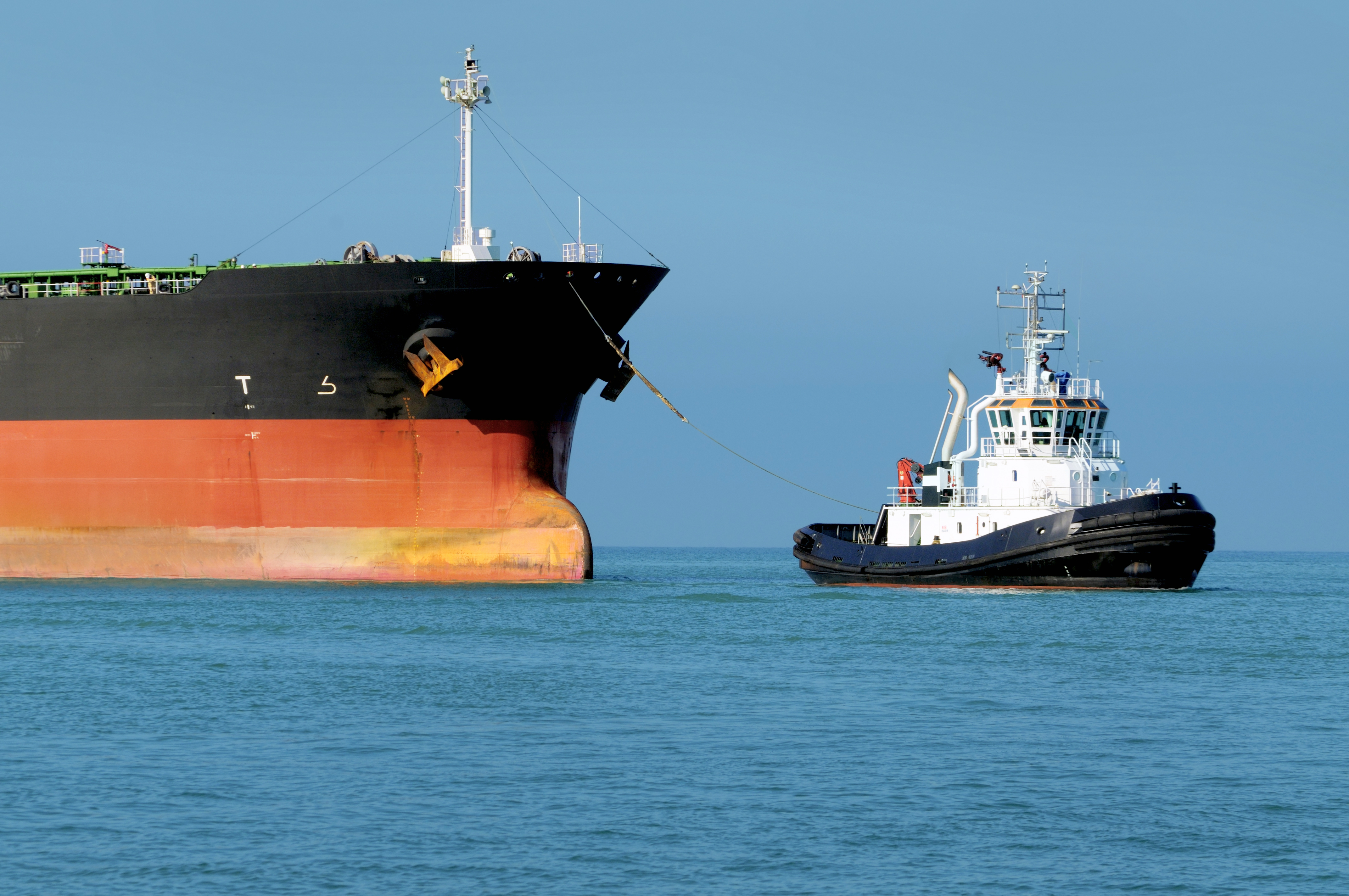
GDPに連動する資産のリスクプロファイルを理解する
インフラは一般的に、景気減速期においても底堅いパフォーマンスを示してきました。独自のリスク管理手法と、ディフェンシブおよび景気循環型のサブセクターにわたる分散投資を通じて、投資家にとって下方リスクの軽減と、魅力的な長期的リスク調整後リターンを提供する可能性があります。
重要なポイント
• インフラは、過去の景気減速期にレジリエンスを発揮し、低成長・高インフレ期には伝統的な資産をアウトパフォームする可能性があります。
• 当社は独自の投資リスク管理およびポートフォリオ構築ツールを活用して、ファンド資産のそれぞれの収益源がGDPに連動するリスクにどう影響を受けやすいのかを分析し、エクスポージャーを分散しています。
• 公益事業などのインフラのサブセクターはディフェンシブな特性を持つことは十分に理解されていますが、有料道路、港湾および空港などの他のサブセクターは投資家にとって重要なダウンサイドプロテクションとより強固な長期的なリスク調整後リターンを提供する可能性があります。
Meet the authors
Related articles

10 min read
The infrastructure growth engine: Creating tomorrow’s core infrastructure today
Long-term structural trends - including deglobalisation, decarbonisation and digitalisation – are broadening the infrastructure asset class. Core infrastructure assets increasingly attract networks of essential businesses that provide mission-critical equipment and services. Meanwhile other businesses have also entered the market to plug crucial gaps in supply chains and capitalise on opportunities created by new technologies, changing demographics and ageing infrastructure.

20 min read
Bridging the gap: the opportunity for Australian pension capital in the UK and Europe
pension funds are well placed to help close the infrastructure funding gaps in the UK and Europe with long-term, patient capital.

15 min read
Optimising for uncertainty: Private debt's role in institutional investor portfolios
Chief economist Alex Joiner examines the strategic role of private debt within institutional portfolios, with a particular focus on its contribution to portfolio defensiveness, diversification and robustness.









